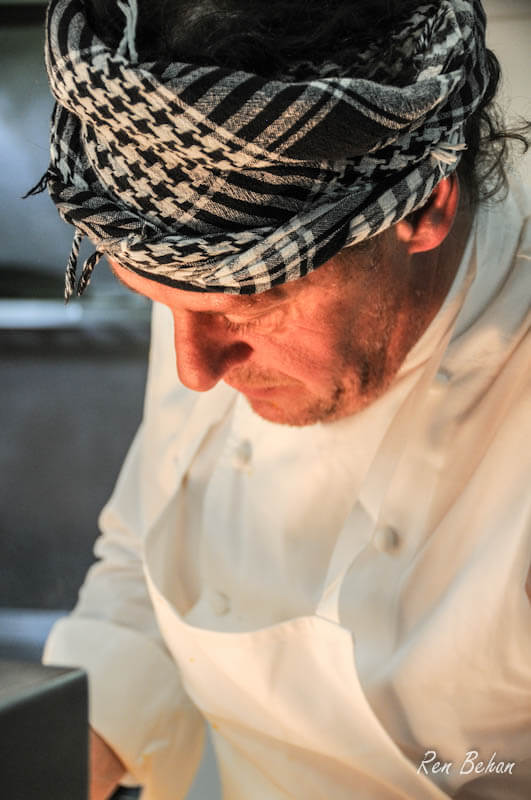Flavourful ‘One Pot’ Cooking with Marco Pierre White
Whenever I go along to a cookery class or a food event I go with the intention of learning something….

Whenever I go along to a cookery class or a food event I go with the intention of learning something….